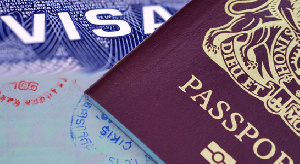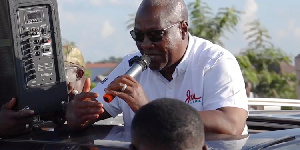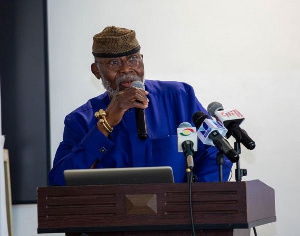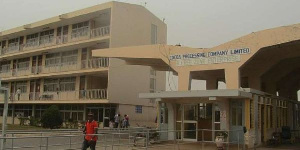Opinions of Wednesday, 4 October 2017
Columnist: Emmanuel Opoku Acheampong
I made a mistake on my DV lottery form, can this lead to a refusal?
A number of DV visas are refused every year because of mistakes on the DV entry form. Some common mistakes are wrongly misspelt names, mistakes in the sequence of names, mistakes in dates and places of birth, wrong or incorrect photographs, etc. Can these mistakes impact on your chances for a visa?
DV Program Rules state that entries lacking the required information or photos will be rejected by the registration website or disqualified at a later date during processing by KCC or at post. How a mistake may impact on your chances for a visa may be influenced by certain factors. These include the nature of the mistake, the Post handling your case, the sufficiency of supporting evidence, and your credibility.
1. The nature of the mistake
A mistake may be minor or grave. Minor mistakes include omitting or adding additional letters to your name or entering your birth date in an incorrect format. Examples are ‘Emanuel” instead of “Emmanuel” or “Alberta” for “Albert”. Others are writing your birth date (12th June, 1970) as “06/12/1970 instead of 12/06/1970. Others include misspelling your place of birth, etc.
Provided there are no fraud concerns, you should generally satisfy the CO if you have further evidence to support your true details.
Grave errors include disarrangement of the order of your names. If my name was “John Kofi Mensah”, I may enter “John” as my first name, “Kofi” as my middle name, and Mensah as my “last name”. It may turn out that my passport and other document show my first name as John and my last name as Kofi Mensah.
I will have entered a middle name even though I have none. I will also have entered a surname different from that on my document. The CO may consider this a grave error and refuse my visa.
Others include completely wrong date of birth (different day, month, and year), wrong place of birth or wrong date and place of birth. Wrong or incorrect photos will generally lead to the refusal of your visa. If the CO determines that the photo on your entry is not yours, they may refuse you a visa under INA 212(a)(6)(C) which will render you permanently inadmissible to the U.S.
2. The Post handling your case
The Post handling your case may impact the consideration of your case. Some posts are more lenient than others. Posts in high fraud areas are more likely to be strict and may refuse even minor mistakes.
The U.S. Consulate in Accra, Ghana is an obvious example. Ghana is considered a high fraud area and applicants are noted for submitting forged educational documents, engaging in sham marriages, including dependents solely for the purposes of securing visas, and taking on the identity of other persons.
Applicants from Ghana and other West African countries are more likely to be refused for even minor mistakes.
3. The sufficiency of evidence
The CO may be more likely to accept your case if you show further evidence. The first evidence is always primary evidence. For example, if the mistake was in your name or date of birth, your primary evidence will be your birth certificate. In Ghana, birth certificates may not be reliable evidence of birth.
If you are from Ghana and your birth was registered more than one year after your birth, your birth certificate will not be reliable evidence of your date and place of birth. You must consider showing secondary evidence. This may include early school records, hospital records, weight card, baptismal certificate, academic records, etc. Recent affidavits from relatives or friends are not reliable evidence.
4. Your credibility
How you explain yourself will highlight your credibility. The more convincing you appear, the more likely it is for the CO to accept your case. You must explain yourself in a calm, composed and confident manner. Explain that the mistake was an honest one, and that you misunderstood the entry detail at the time. If you have further evidence, refer to them in your answers with specific references to particular documents and dates, if applicable.
Entertainment










